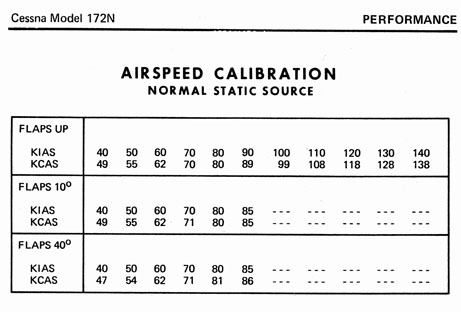Ronbonjovi
Pre-takeoff checklist
- Joined
- Jan 24, 2017
- Messages
- 322
- Display Name
Display name:
Ronbonjovi
Prepping for checkride and going through my POH for our 1978 C152 and ran into something that is probably stupid simple, but over thinking it here.
Vso is 35 knots IAS Vs 40 knots.
Stall speed in landing config is 43 knots CAS, and standard 48 knots CAS.
I know the difference between IAS and CAS. CAS is IAS corrected for instrument and position error.
What I am confused about is when the heck does this apply to me when I am flying the airplane and using the air speed indicator as a basis for my speed? When the DPE asks me what is stall speed in clean/dirty, my answer will be referring to the green and white arc, Vs and Vso. I don't feel like I have an answer if he wants me to explain the difference between stall speeds in IAS and CAS.
Vso is 35 knots IAS Vs 40 knots.
Stall speed in landing config is 43 knots CAS, and standard 48 knots CAS.
I know the difference between IAS and CAS. CAS is IAS corrected for instrument and position error.
What I am confused about is when the heck does this apply to me when I am flying the airplane and using the air speed indicator as a basis for my speed? When the DPE asks me what is stall speed in clean/dirty, my answer will be referring to the green and white arc, Vs and Vso. I don't feel like I have an answer if he wants me to explain the difference between stall speeds in IAS and CAS.
Last edited:

